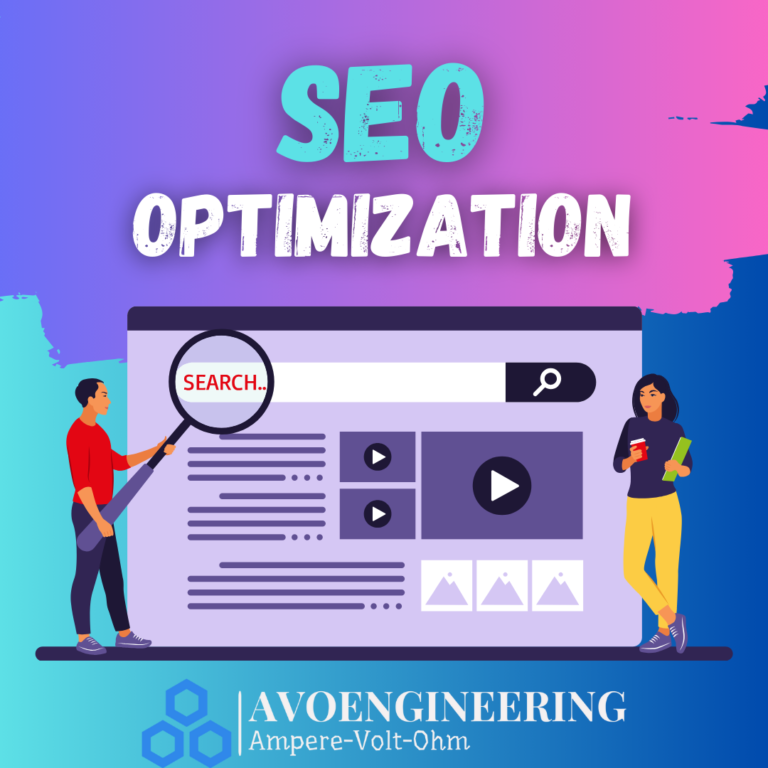
Search engine optimization (SEO) is an essential component of digital marketing. It involves optimizing your website and blog content to rank higher in search engine results pages (SERPs). One key aspect of SEO is using primary and secondary keywords in your blog content. In this blog post, we will explore why having primary and secondary SEO keywords in your blog content is crucial to the success of your SEO efforts.
What are Primary and Secondary SEO Keywords?
Before diving into why you should have primary and secondary SEO keywords in your blog content, let’s define them. Primary keywords, also known as focus keywords, are the main keywords defining your blog post’s topic. They should be relevant to your business and the interests of your target audience. For example, if you run a fitness blog, your primary keyword for a blog post on weight loss might be “weight loss tips.”
Secondary keywords, also known as LSI (latent semantic indexing), are related keywords that support your primary keyword and help search engines understand the context of your content. These keywords are not as important as primary ones but still play a crucial role in SEO. Continuing with the previous example, some relevant secondary keywords for a weight loss blog post might include “healthy eating,” “exercise routines,” and “diet plans.”
Why Primary and Secondary SEO Keywords are Important.
- Improved Search Engine Rankings
The primary purpose of SEO is to rank higher in search engine results pages (SERPs). By using primary and secondary keywords in your blog content, you are providing search engines with valuable information about the topic of your post. This helps search engines understand what your content is about and rank it higher in relevant search results.
- Increased Visibility
Ranking higher in SERPs also leads to increased visibility. When your blog content appears higher in search results, it is more likely to be seen and clicked on by your target audience. This leads to more website traffic and more opportunities to engage with your audience and promote your business.
- Better User Experience
Using primary and secondary keywords in your blog content can also improve the user experience. When your content is optimized for search engines, it is also optimized for your audience. By providing valuable information and context, you make it easier for your audience to find the information they are looking for and engage with your content.
- Targeted Traffic
One of the most significant benefits of using primary and secondary keywords in your blog content is the ability to attract targeted traffic. When you use relevant keywords specific to your business and target audience, you are more likely to attract visitors interested in your products or services. This leads to higher-quality traffic that is more likely to convert into leads and customers.
Tips for Using Primary and Secondary SEO Keywords in Your Blog Content
Now that we have explored why primary and secondary SEO keywords are important let’s look at some tips for using them effectively in your blog content:
- Do Keyword Research
Before you start writing your blog post, do some keyword research to identify relevant primary and secondary keywords. Use tools like Google Keyword Planner, SEMrush, or Ahrefs to find keywords that are relevant to your business and have a high search volume.
- Use Keywords Strategically
Once you have identified your primary and secondary keywords, use them strategically in your blog content. Place your primary keyword in your blog title, meta description, and throughout your content. Use secondary keywords to support your primary keyword and provide additional context.
- Avoid Keyword Stuffing
While using primary and secondary keywords in your blog content is essential, it’s also important to avoid keyword stuffing. Keyword stuffing is the practice of using too many keywords in your content, which can negatively impact your SEO efforts. Use keywords naturally and focus on creating high-quality, valuable content.
- Write for Your Audience, Not Search Engines
While using primary and secondary keywords in your blog content is important, it’s equally important to write for your audience, not just search engines. Create high-quality, valuable content that is relevant to your target audience. Focus on providing information that solves their problems and answers their questions.
- Optimize Your Images
In addition to optimizing your blog content, it’s also important to optimize your images for SEO. Use descriptive file names and alt tags that include your primary and secondary keywords. This helps search engines understand the context of your images and can lead to higher rankings in image search results.
- Monitor Your Results
Finally, it’s essential to monitor your SEO results regularly. Use tools like Google Analytics to track your website traffic and search engine rankings. Analyze your results and make adjustments to your SEO strategy as needed. This helps you identify areas for improvement and optimize your SEO efforts over time.
Conclusion
In conclusion, having primary and secondary SEO keywords in your blog content is essential to the success of your SEO efforts. Using relevant keywords strategically can improve your search engine rankings, increase visibility, and attract targeted traffic to your website. Remember to write for your audience, not just search engines, and monitor your results regularly to optimize your SEO strategy over time. By following these tips, you can create high-quality, valuable content optimized for search engines and your target audience.






